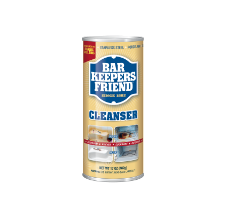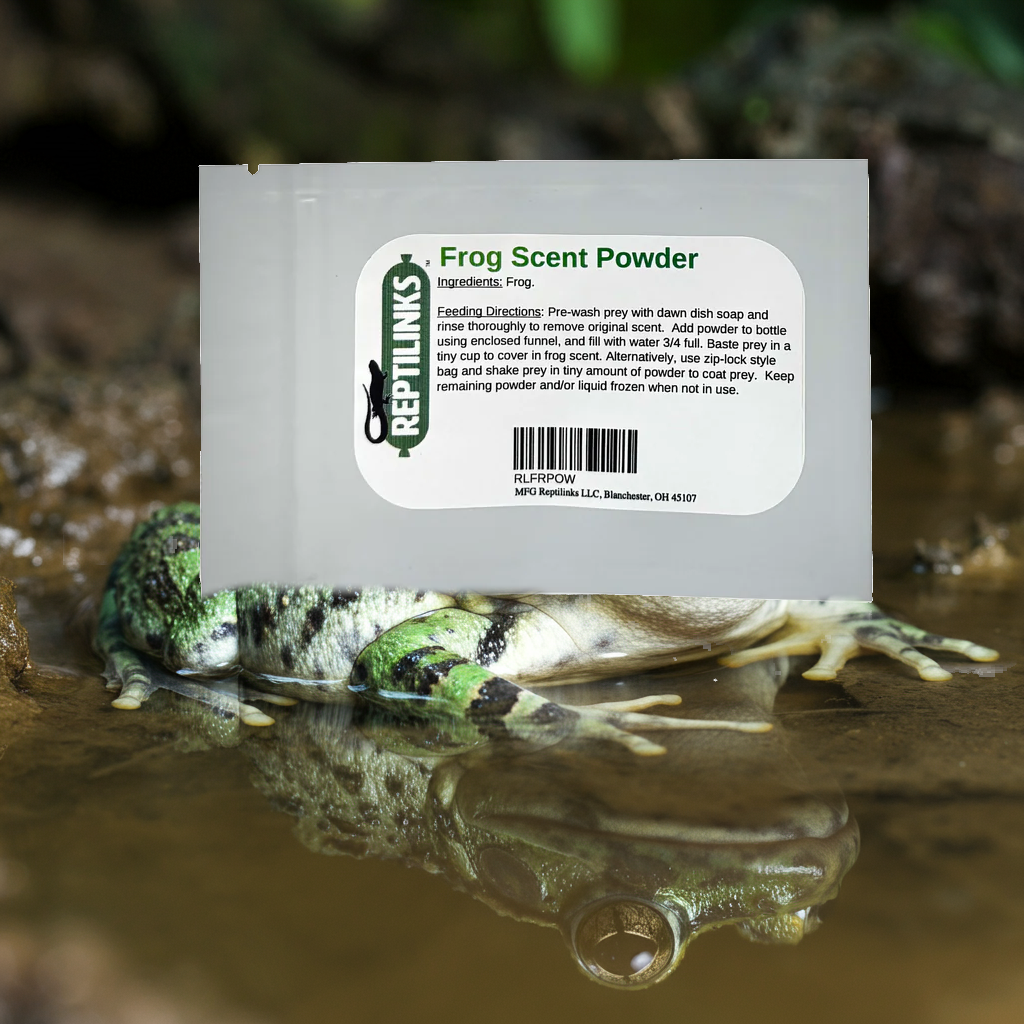Overview
Sanitation is an overlooked practice in reptile keeping. It helps to prevent the spread of disease, promotes good hygiene practices, and creates a healthier environment for everyone.
Everyone knows they should be washing their hands. We will explore what recommendations professionals have as well as some of the possible myths of the reptile hobby.
Hand Washing
It should definitely go without saying that keepers should be washing their hands. After handling any reptile it is a very good practice to wash where the animal has been. Remember - reptiles are animals like any other. You shouldn't really be allowing yourself to go without a good hand washing after petting any animal outside. You should wash and dry your hands between petting strange dogs. You should even wash and dry your hands after petting your own dog.

Reptiles differ in many ways from other animals. Reptiles are generally not affected (or only lightly affected) by disease causing bacteria. The CDC has directly linked salmonella outbreaks to bearded dragons and, while many people will tell you this is an "anti-reptile conspiracy to try to convince the public they're dangerous and diseased", the science is absolutely withstanding. Reptiles can carry salmonella and not be affected. Handling a reptile that has ingested something with salmonella can transmit that bacteria to you.
Reptiles are, of course, not the only thing that can transmit diseases like salmonella. The CDC also very clear describes other vectors for salmonella such as under prepared and unwashed food. Seeing their recommendation about washing hands after handling reptiles is not a conspiracy - it's a very basic sanitation issue.
As a refresher and an introduction to other items in this article, please consider proper handwashing:
- Always use a soap
- Wash hands front and back
- Scrub your hands together for at least 20 seconds
- Use a clean towel or disposable towel
- In some cases, disinfecting agents may be used in addition to or in place of these steps
This may sound very basic. Please bare with the very elementary explanation for just a moment because it is relevant to other parts of this article.
Always using a soap. Debris, dirt, oil, germs, etc cannot be removed by water alone. Soap facilitates "sweeping away" these items along with the water. Some soaps may also contain additional disinfecting solutions.
Soap can also destroy lipid layers (fat, just like it destroys oils) in agents. Nidovirus (serpentovirus) is one example where soap alone can destroy the outer lipid layer of the virus and destroy it - even without additional disinfectants.
Scrub your hands. Scrubbing is the mechanical action of removing debris, dirt, germs, etc. The mechanical action here dislodges and removes these items.
Using a clean towel wipes away any possible remaining items.
Using additional disinfecting agents may also help prevent disease. These agents are in the forms of items like antibacterial soap or even hand sanitizer. In a pinch, sometimes these agents can be used to supplement a hygiene process but should not be considered to completely replace hand washing.
The reason we cover this here is because it also applies to your terrarium.
Washing Terrariums
Terrariums are very obviously areas that will harbor large amounts of contamination. In any area that an animal lives in there will be dirt and contaminants.
These even applies to your own living quarters. You obviously take the time to wash your sheets, clean your kitchen when there are spills, and wipe away waste spills in your bathroom. At least you should, and we very much hope that you do.
Terrariums will contain feces, urine, urates, prey contamination (blood, waste, etc), mold, mildew, possible pathogens, and on and on and on. We generally try to keep our reptile habitats humid (for many species) and this humidity increases standing water and the vital water that is required for bacteria to grow.
The guidelines, as you probably expect, are pretty much the same for hand washing:
- Spot clean as necessary (manually remove feces, mold, etc)
- Use a soap
- Scrub to remove debris
- Use clean towels to dry
- Disinfectants can be used to assist with hygiene
These considerations should be obvious. Soap and scrubbing remove debris and items like feces, etc.
Many enthusiasts have expressed that only using water or using something like vinegar replaces washing a terrarium and using disinfectants. This is not true. Vinegar alone is not an appropriate disinfectant for any enclosure.
These steps are echoed by veterinary guidance. There is a great article on The Merck Manual (see our recommendations) that includes appropriate guidance as documented by a DVM (Doctor of Veterinary Medicine) on what appropriate sanitation is. While this article is within the context of animal shelters there is no reason that the same should not be followed with regards to reptiles.
This applies to all animals.
At minimum, consider the points above along with the guidance from the article on the Merck Manual website:
Sanitation is the process of cleaning the kennel environment to reduce the presence of infectious organisms to below the disease transmission threshold (aiming to eliminate the presence of an “infective dose”)
Martha Smith-Blackmore, DMV, via Merck Manual - Cleaning and Disinfection in Shelter Medicine
Reptile Myths: A Note on UV (or UVB, or UVB "disinfection")
It is not untrue that ultraviolet light disrupts living organisms. Not only does that include cells in your body but that also includes organisms that are more sensitive to light.
John Courteney-Smith of Arcadia in an AAHN interview once nearly shouted that UV light "disinfects" an enclosure and "that's a fact" - but he was only partially correct. Modern science completely disagrees with his sentiment.
As we've covered, one of the most important aspects in both washing hands and washing terrariums is that you must remove debris. Technologies like UV disinfecting lamps rely on several factors that are not present in a terrarium.
A UV source, in order to disinfect, relies on quite a few factors:
- Debris and dirt should already be removed
- UV sources are used in mediums that are non-disruptive (ie: open air, water)
- There is a minimum UV exposure time required to disrupt agents
Organisms like cryptosporidium oocytes can be disrupted (ie: damaged, killed, destroyed) by ultraviolet light. That is most certainly a fact. There is a very important notable number of exceptions to John's statements. These oocytes would have to be exposed to UV for a specific amount of time with UVC (not emitted by reptile lamps) being the most high energy and most effective source. UVA and UVB (which are emitted by reptile lamps) can disrupt these organisms however there is a set amount of exposure time where the organism would need direct exposure to the ultraviolet source in order to be disrupted.
Ultraviolet (UV) exposure in a terrarium isn't completely useless. As stated in the section on washing terrariums our goal is to, at minimum, reduce these organisms below the disease transmission threshold (see quote in the section on Washing Terrariums).
Ultraviolet light is not an appropriate means of disinfection inside of the terrarium.
Points to consider when thinking about these statements:
- The lamp itself must be operating correctly
- The lamp must be at an appropriate height, with appropriate exposure
- The lamp cannot be dusty or dirty
- The enclosure, a dirty and dusty place, must have all dust and dirt eliminated
- Organisms in feces and in substrate must somehow be directly exposed to the ultraviolet light
- The best medium for delivery of the ultraviolet light would be open air and open water
- Most terrariums certainly have substrate that can harbor various infective agents
Arcadia's statements by John Courteney-Smith are only parallel to the truth, at best, if not outright untrue.
Ultraviolet light does not replace appropriate sanitation and disinfection and would be only marginally effective in a terrarium. This is, as John Courteney-Smith blurted, a fact.
Washing Common Items
Fomites is a term to describe any item that can carry disease. Feeding tongs, sponges, water bowls (if shared), furniture (if shared), and your very own hands all count as fomites. The inclusion of your own hands should help in reinforcing that you should wash your hands. Items in a shared environment must also be washed.
If tools or furniture must be reused then an appropriate disinfection method should be present. Once again, and the items here should be familiar, we will outline steps to washing tools:
- Use a soap
- Wash and scrub the items
- Expose the items to an appropriate disinfectant
- Let the items dry
TIP: For items that are stainless steel you should consider that bleach can cause stainless steel items to oxidize (rust). This, like any other debris, should be removed.
One way to remove rust from stainless steel items is the use of a product named Bar Keeper's Friend.

There is a very common misconception that stainless steel items cannot rust. This is very clearly untrue as there very obviously would not be a product for removing rust from stainless steel items used in serving food and drinks to humans... that should probably go without saying.
A Note on Cryptosporidium
Specifically regarding cryptosporidium are quite a few misconceptions.
FACT: No safe and available disinfectant kills cryptosporidum effectively. Nothing. The most accessible thing available is steam and boiling water. This, unfortunately, is not very practical. Some disinfectants are thought to reduce cryptosporidium oocytes on a surface but these often require lengthy exposure times and have no guarantee to reduce the organisms to a level that will not cause an infection.
One of the biggest concerns with cryptosporidium is that very little oocytes can cause a life long and often terminal disease. Relying on removal with a disinfectant should not be part of your plan.
That statement, of course, should be considered as practical solutions. Cryptosporidium can certainly be killed by heat and microwaves. However, it is very unlikely you will be boiling or microwaving an enclosure.
Hydrogen peroxide was once thought to be effective. Hydrogen peroxide is also very dangerous. The Centers for Disease Control mention hydrogen peroxide with a very specific call out to no disinfectant being completely effective.
The health department may instruct you to soak contaminated surfaces for 20 minutes with a 3% hydrogen peroxide (99% kill rate) and then rinse them thoroughly. No disinfectant is guaranteed to be completely effective against Cryptosporidium. However, hydrogen peroxide is more effective than standard bleach solutions.
CDC, Responding to Crypto Outbreaks at Childcare Facilities
F10 (and similar quaternary ammonia compounds) and chlorhexidine, two very popular disinfectants in the reptile hobby, cannot kill cryptosporidium. Bleach cannot kill cryptosporidium.
Ultraviolet light can certainly disrupt cryptosporidium oocytes. This, as mentioned earlier, is not effective in a terrarium setting unless, at minimum, absolutely everything in the enclosure is removed, the enclosure is washed completely, and the enclosure is provided with significant exposure.
We once again echo the sentiments of the Merck Manual article here:
Sanitation is the process of cleaning the kennel environment to reduce the presence of infectious organisms to below the disease transmission threshold (aiming to eliminate the presence of an “infective dose”)
Martha Smith-Blackmore, DMV, via Merck Manual - Cleaning and Disinfection in Shelter Medicine
A Special Note About Considerations in the Reptile Hobby
There are several links in the Resolve Reptiles Recommendations that provide disease testing services. These include Fishhead Labs and VetDNA. A veterinarian can help you submit samples to places like Univerisity of Florida and Veterinary Molecular Diagnostics, Inc.
A veterinarian (including Fishhead Labs) can perform molecular tests and also tests like an acid fast staining to detect disease early.
Conclusion
This article is meant to provide an overview of what may actually be required for keeping animals. The amount of outright disinformation (such as the use of vinegar and UV lamps as disinfectants) in the reptile hobby can be staggering.
As always, the goal of Resolve Reptiles is to bring science and technology into the reptile hobby.






Comments